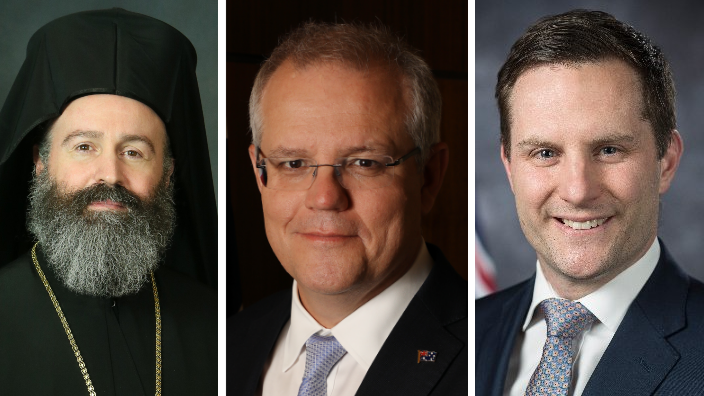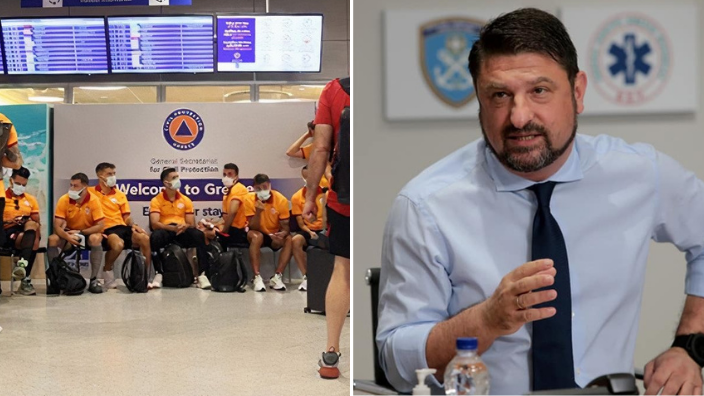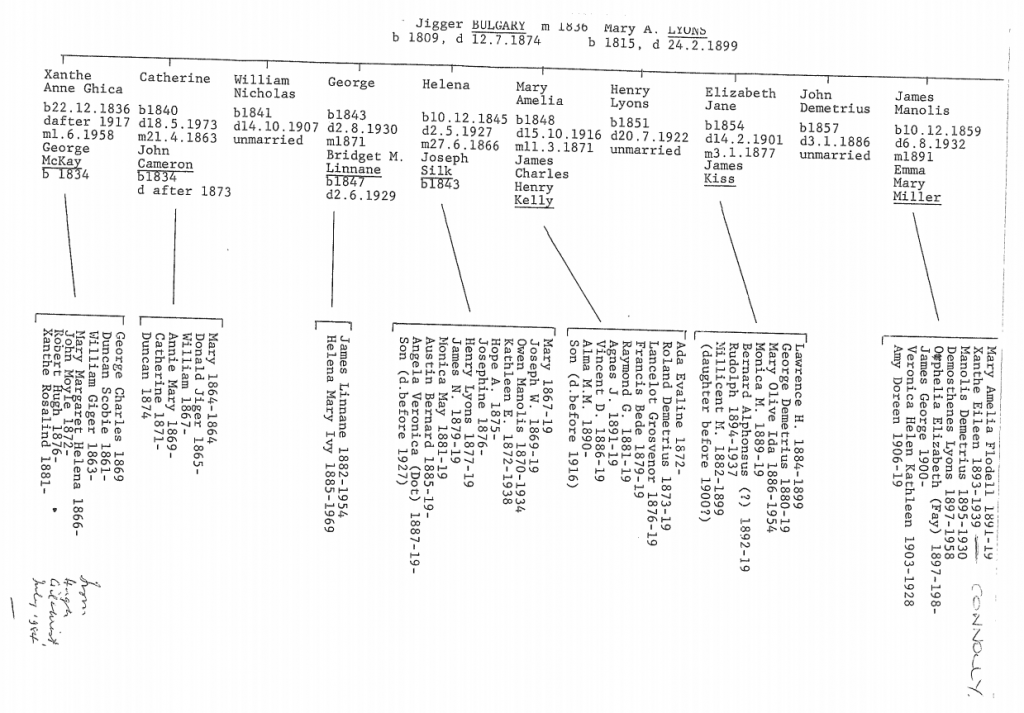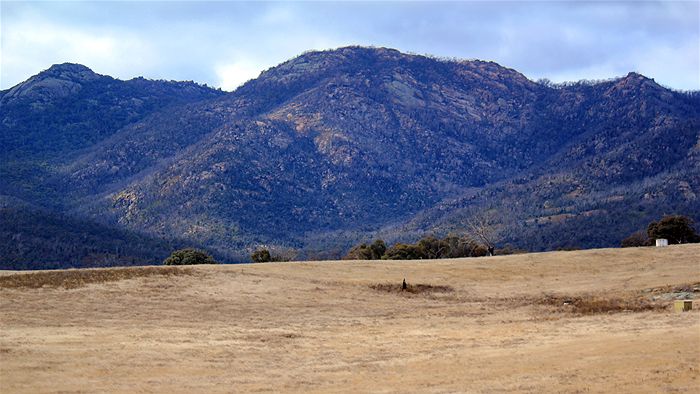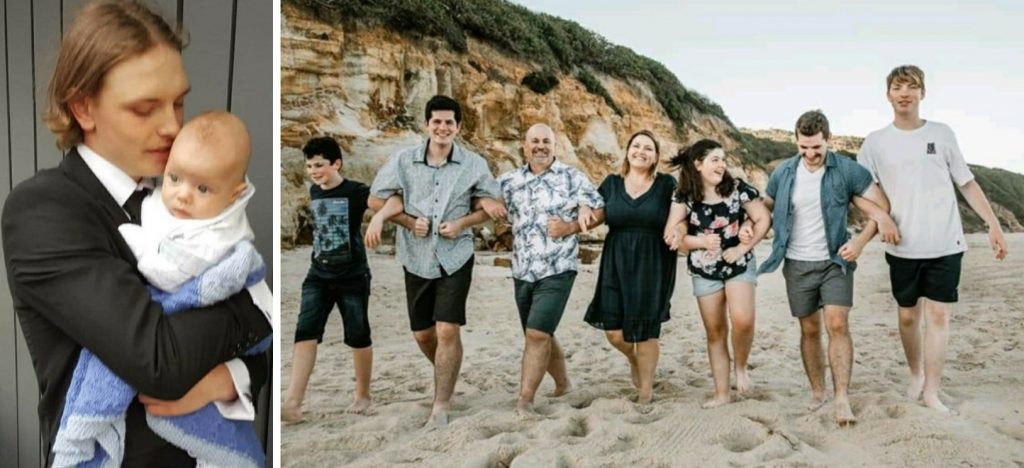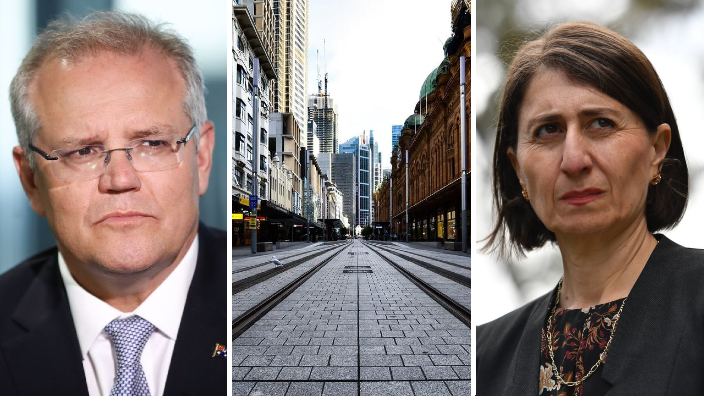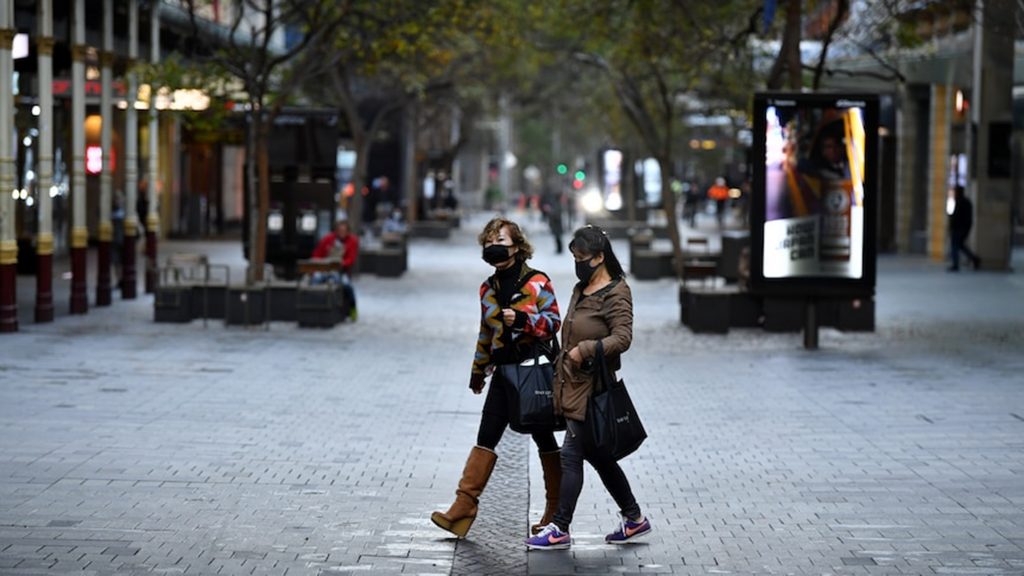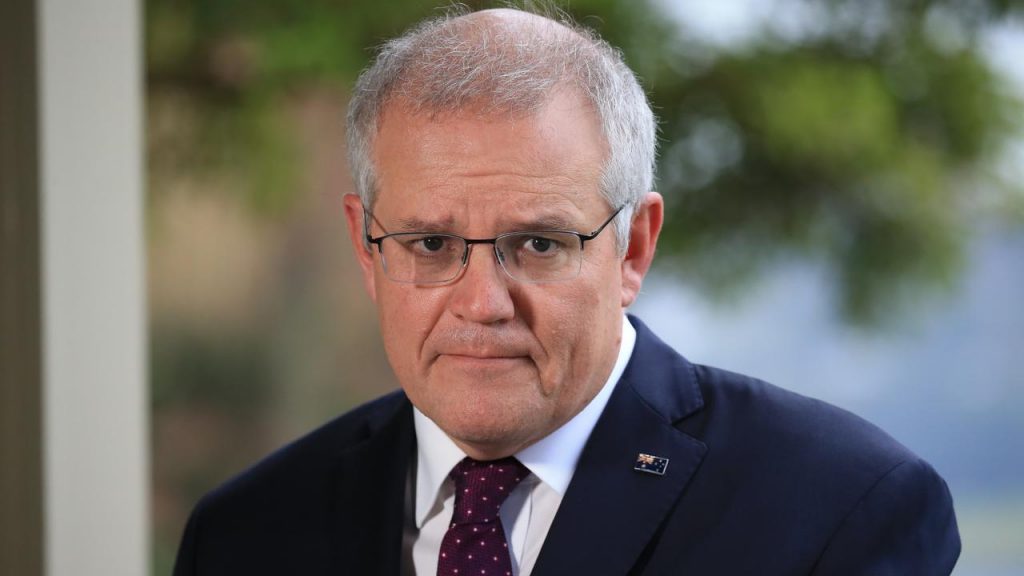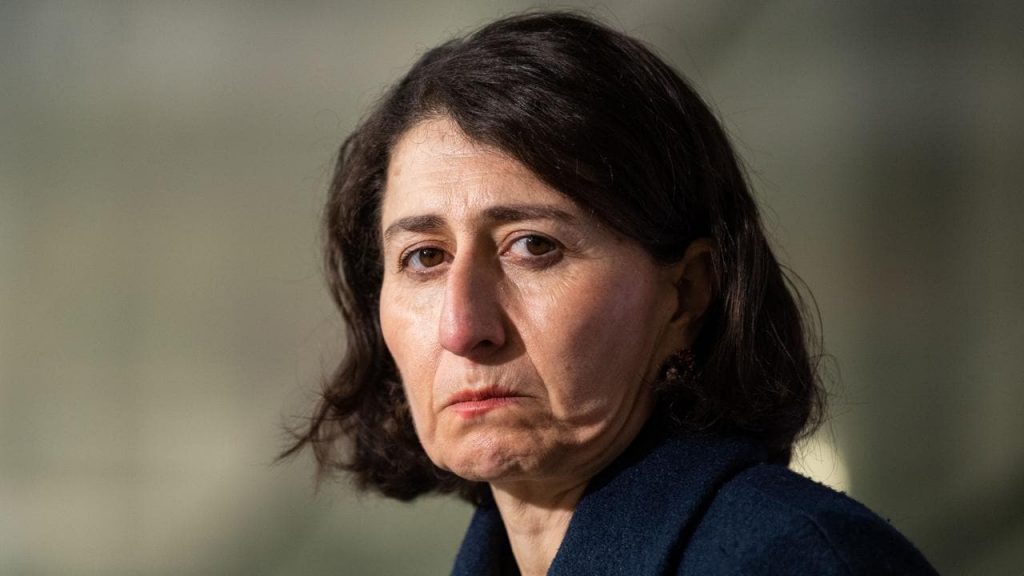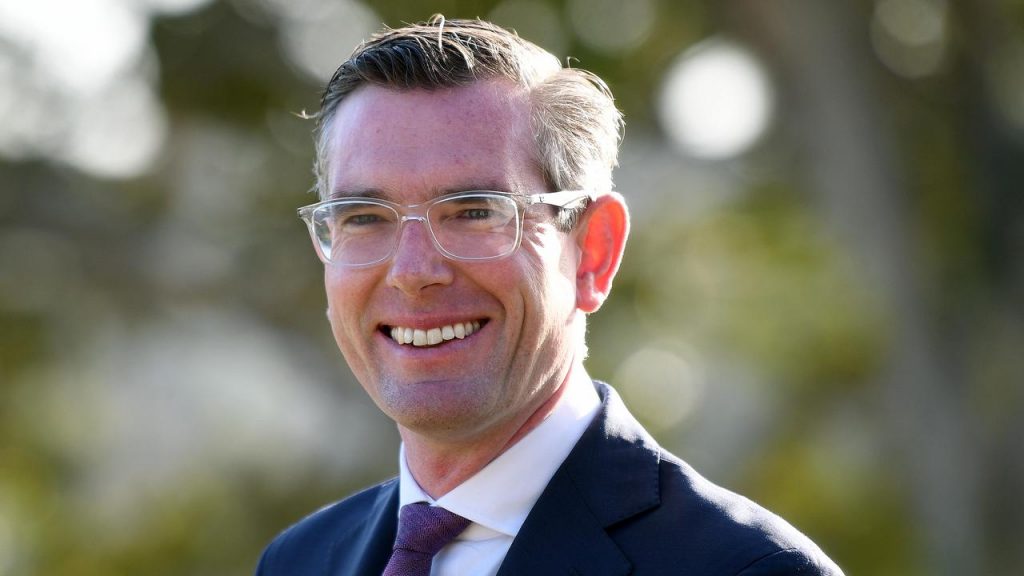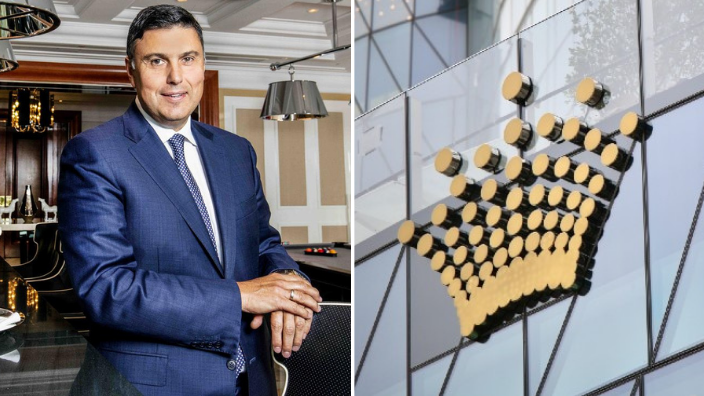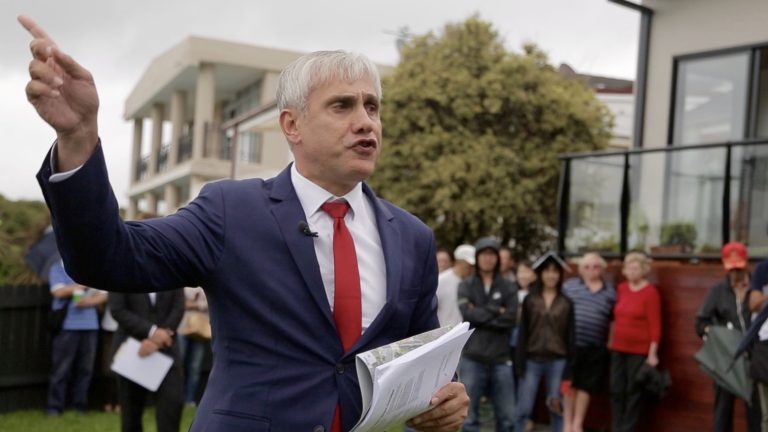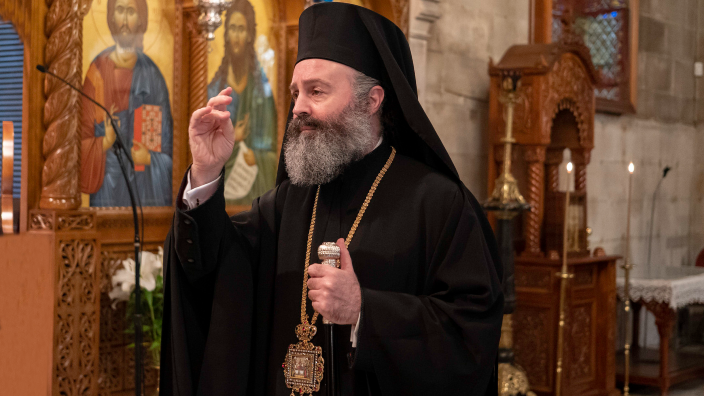Prime Minister, Scott Morrison, and Minister for Immigration, Citizenship, Migrant Services and Multicultural Affairs, Alex Hawke MP, have met with senior leaders from Sydney’s multicultural communities to listen to their concerns about Sydney’s COVID-19 outbreak.
During the ‘Sydney Community Leaders’ Forum, Mr Morrison and Mr Hawke also discussed the recent support being made available by the Australian Government, and thanked the community leaders for their vital work in keeping their communities and all Australians safe.
READ MORE: Federal and NSW govts announce Covid support package for Sydney businesses and residents.
“We reiterated the Government’s advice to communities affected by COVID-19 outbreaks – stay home, get tested, isolate yourself and get vaccinated. And we asked community leaders to continue to share that message as a matter of priority,” Mr Hawke said in a press release.
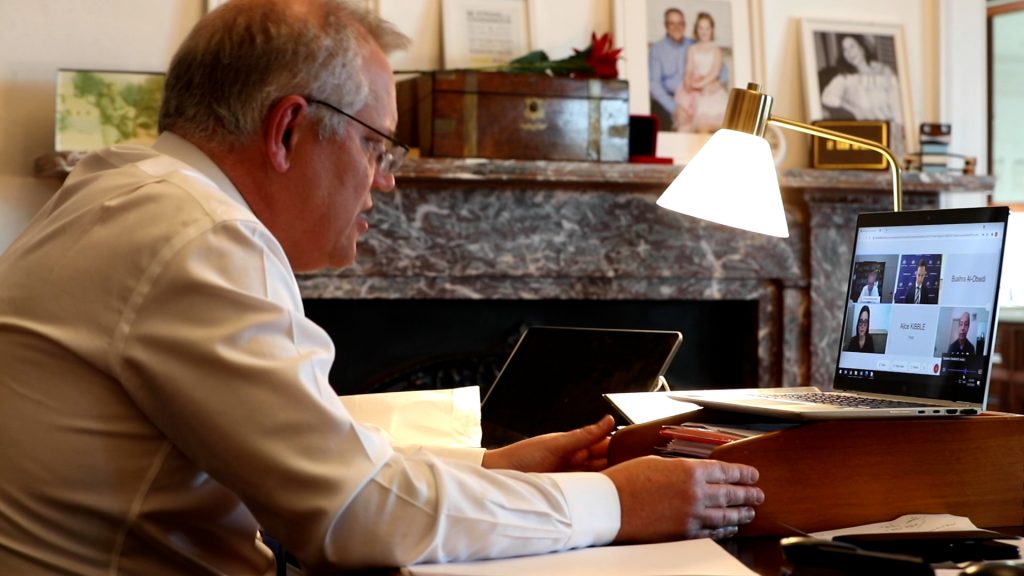
Forum participants raised issues including countering online misinformation, vaccine hesitancy, the importance of communicating to communities in their language and gaining access to Government support, such as the Australian Government COVID-19 Disaster Payments. Many offered their own community centres as vaccination and testing hubs.
In response, Mr Hawke stressed that all new Government material regarding the evolving COVID-19 situation – including on the vaccination rollout and support packages the government is providing – is distributed to all community organisations, in English and up to 63 community languages.
READ MORE: Reverend Father George Liangas from Burwood features in NSW Health’s COVID campaign.
“The Government’s national vaccines campaign includes advertising translated in 32 languages and is targeted at multicultural audiences across radio, print, online and social media channels,” Mr Hawke stated in his press release.
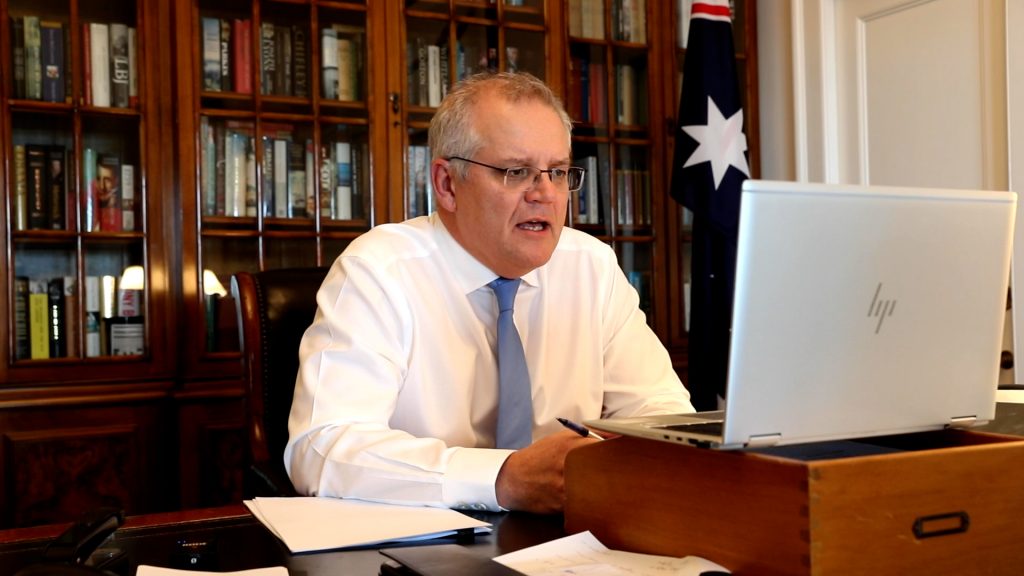
“Furthermore, the Federation of Ethnic Communities’ Councils of Australia, the Migration Council of Australia, the Settlement Council of Australia, and the Multicultural Youth Advisory Network are also helping to disseminate key COVID-19 vaccine information to their multicultural networks and communities.”
The Government also recently announced a $1.2 million COVID-19 small grants program to support multicultural community groups to design and lead grass roots communication activities, tailored to meet the needs of their communities.
READ MORE: NSW Health Minister asks how to communicate COVID messages with multicultural communities.
Archbishop Makarios of Australia urges Sydney faithful to get vaccinated:
His Eminence Archbishop Makarios of Australia is also doing his part to spread COVID-19 stay at home orders with a message of support to the Greek Orthodox community in Sydney.
In his message, Archbishop Makarios said that it is our duty “not to leave anyone alone in the crisis,” and encouraged people to get vaccinated against COVID- 19 “in order to achieve the best possible control of the pandemic.”
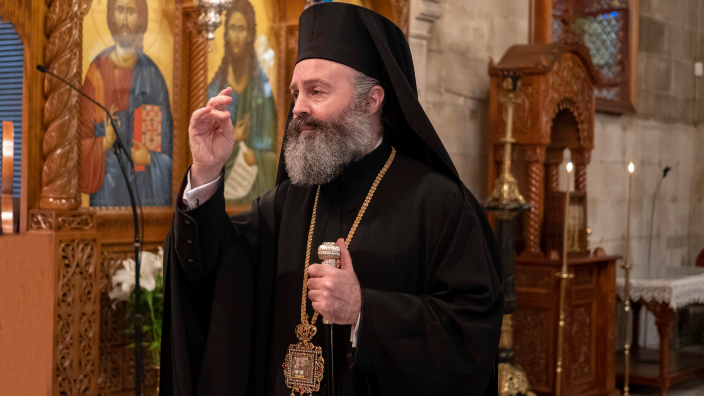
“Unfortunately, Australia has one of the lowest rates of people who are vaccinated among the population compared to other countries in the world,” Archbishop Makarios writes in the message.
“We must not forget that vaccination constitutes an act of self-protection, but, primarily, it is an act of love and solidarity for our family, community, and the wider society to which we belong.”
Archbishop Makarios then went on to encourage the faithful to reach out to the Greek Welfare Centre on (02) 9516 2188, their local parish or the offices of the Holy Archdiocese if they are in need of any kind of support.
“I urge all Greeks, and every person of good will, to mobilise all their reserves of love and compassion in order to create a strong net of protection for those who are suffering and in need,” Archbishop Makarios said.
FULL MESSAGE HERE: Archbishop Makarios of Australia sends message to the faithful about the current Sydney lockdown.

